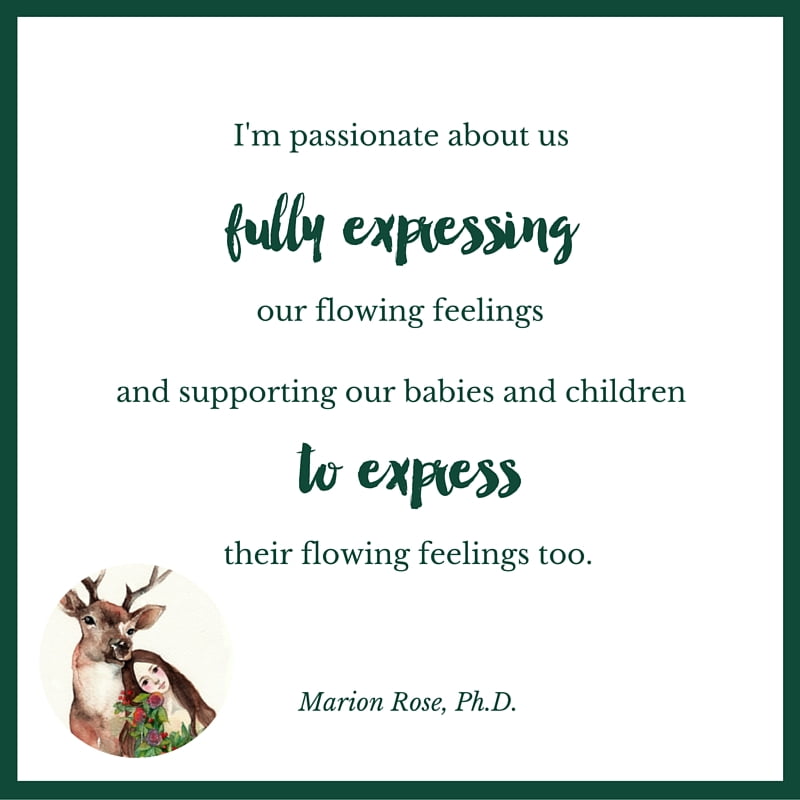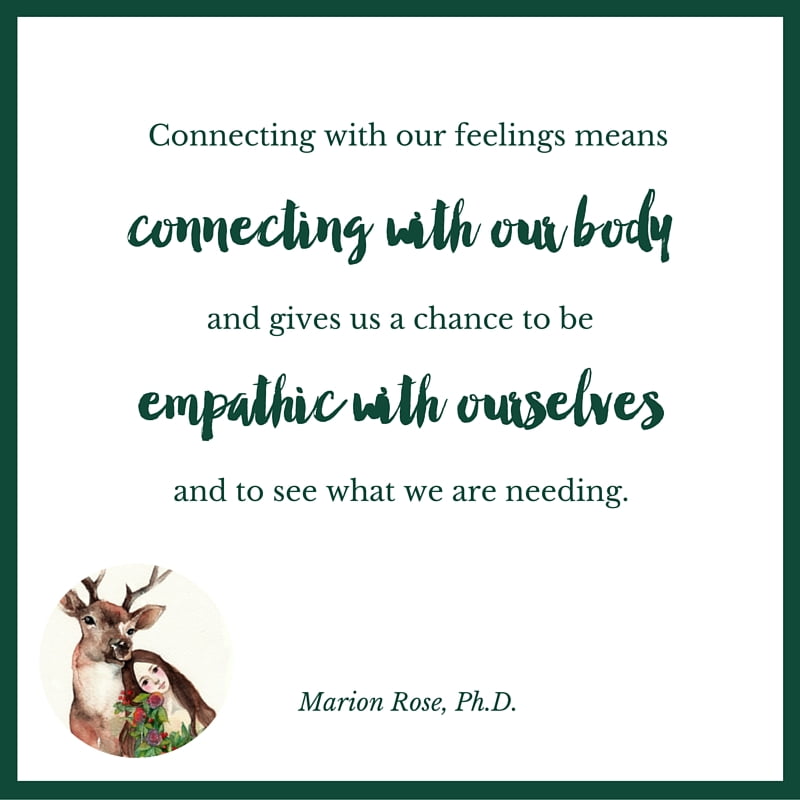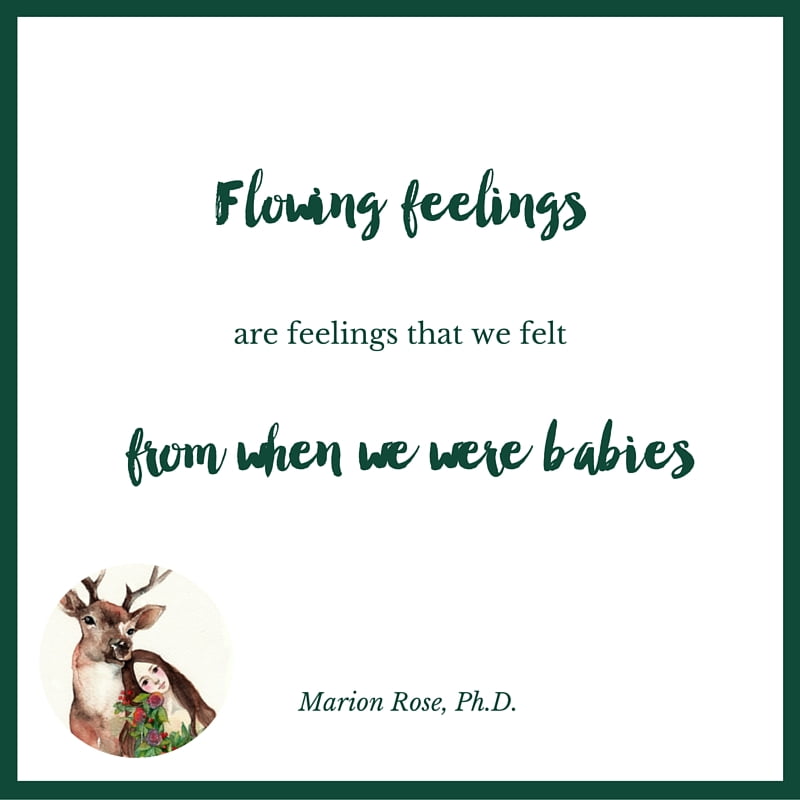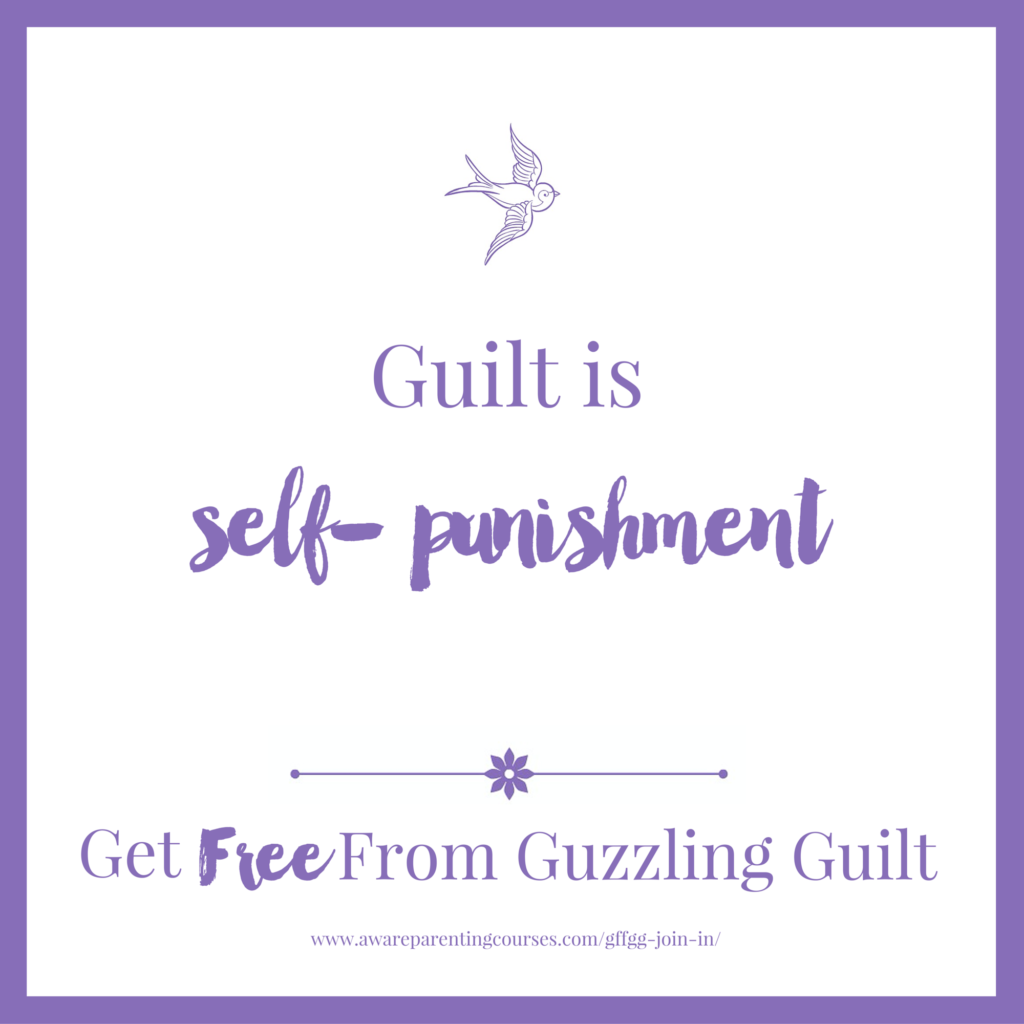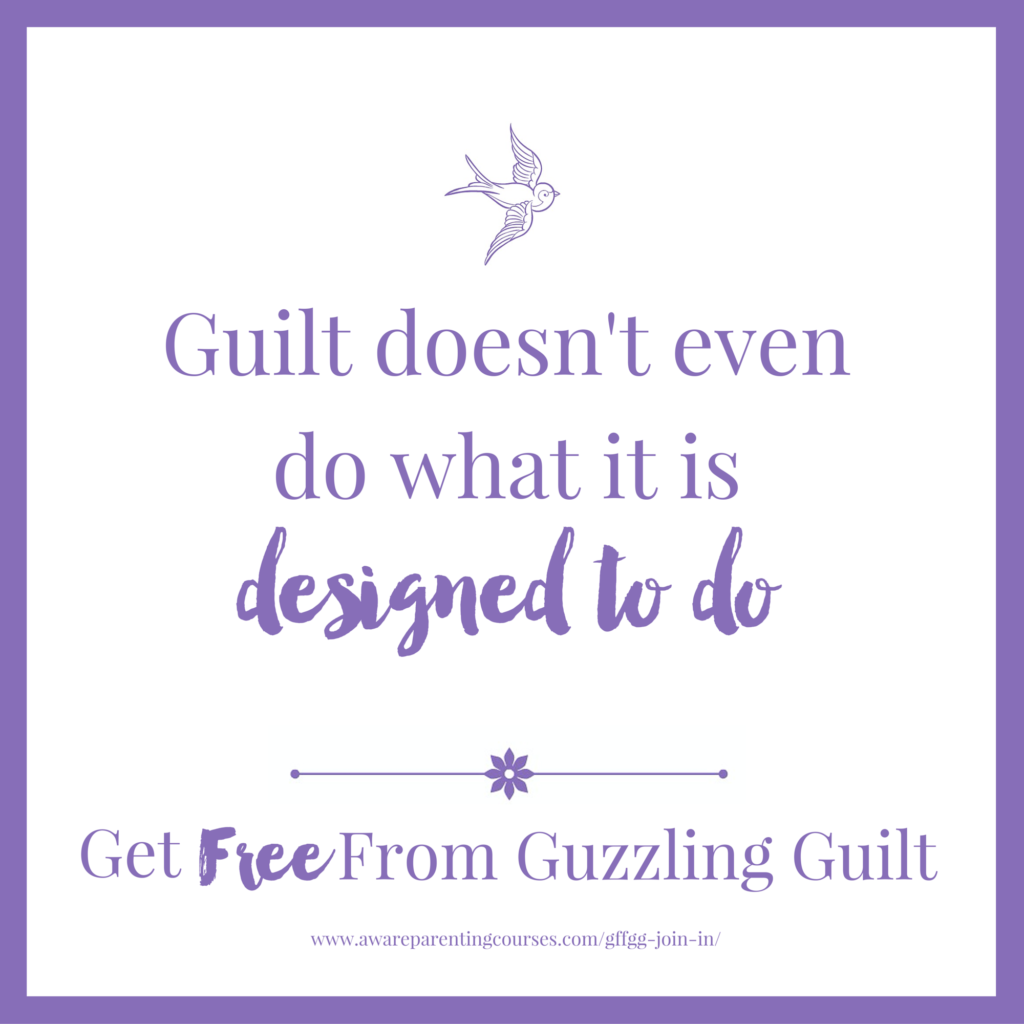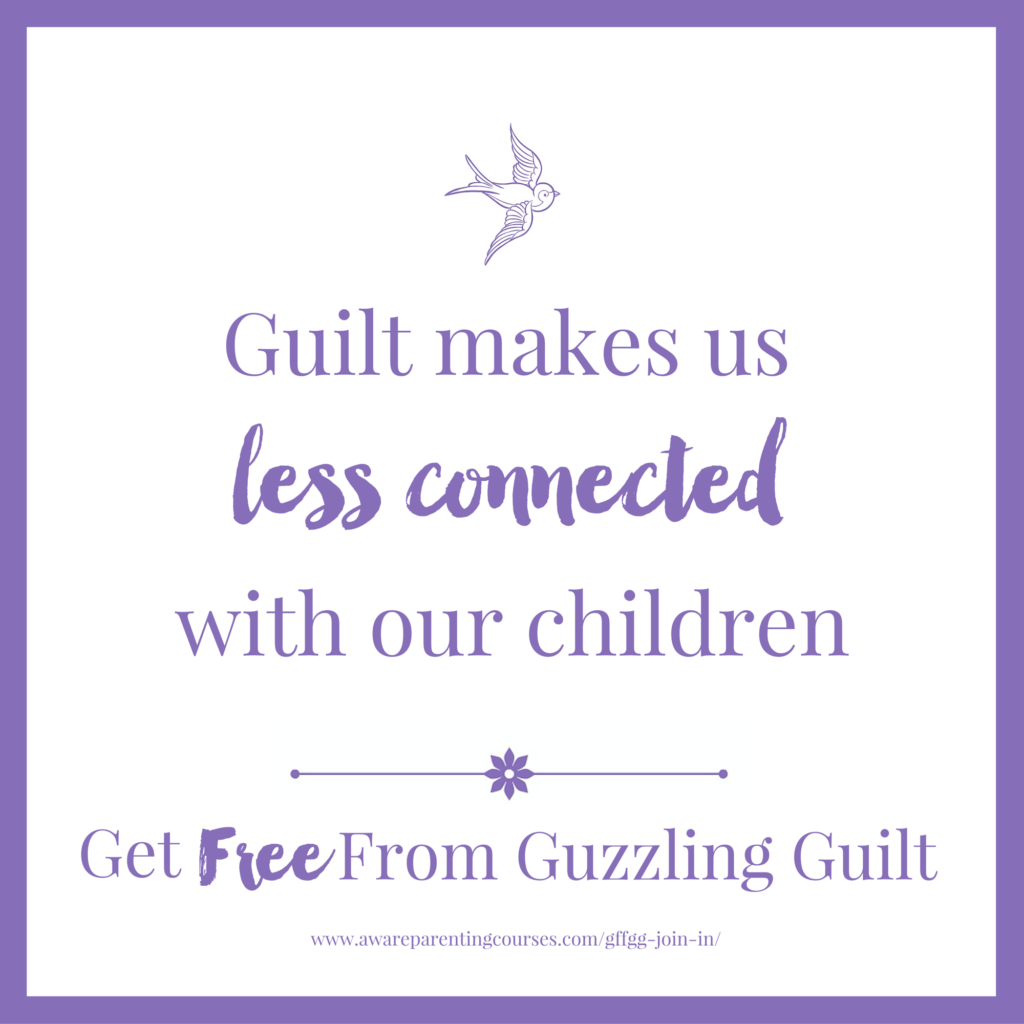Hello!
and then said; “The next one I’d love to read about is – how to distinguish between expressing feelings and making judgements and complaints. I often hear “this is my feeling” but I really hear a complaint or judgement.”
So I thought that I would make that my next letter to you!
In our culture, we are not taught to differentiate between feelings and thoughts.
We might say, “I feel that you….”
or, “I feel….. ignored / misunderstood / abandoned / abused”
or, “I feel like going here,”
And yet, these are all thoughts rather than feelings.

We tend to think that if we have the word “feeling” in there, then it makes what follows a feeling.
I thought this for many years.
I did 6 years of psychotherapy training, and 2 years after that of more therapy training, in my twenties, and not once did anyone differentiate between a thought and a feeling.
And that created a lot of pain.
For example, I remember in one session, saying, “I feel so wounded” and crying and crying, and at the time thinking it was a really helpful thing.
But in retrospect, I see that I was creating the pain by believing I was wounded.
If you know my work, you know that I am PASSIONATE about us fully expressing our flowing feelings, and supporting our babies and children to express their flowing feelings too.
And for me, the more clear I’ve become about the differences between thoughts and feelings, the MORE I have been able to fully feel my feelings.
Where did I learn the difference? Through studying Nonviolent Communication, which I first came across 14 years ago and which I am still incredibly passionate about now. NVC changed my emotional world.
I wrote an article about Nonviolent Communication and parenting, 10 years ago now. You can read it HERE.
In NVC, I learnt that if we put the following words after “I feel..” then it isn’t a feeling we are talking about.
“I feel THAT YOU/HE/SHE”
“I feel LIKE”
And that words like ignored, misunderstood, abandoned and abused are all thoughts, not feelings.
Why is this helpful?
Because the more we can differentiate between a thought and a feeling, the more we can be truly connected to our feelings, and ourselves.
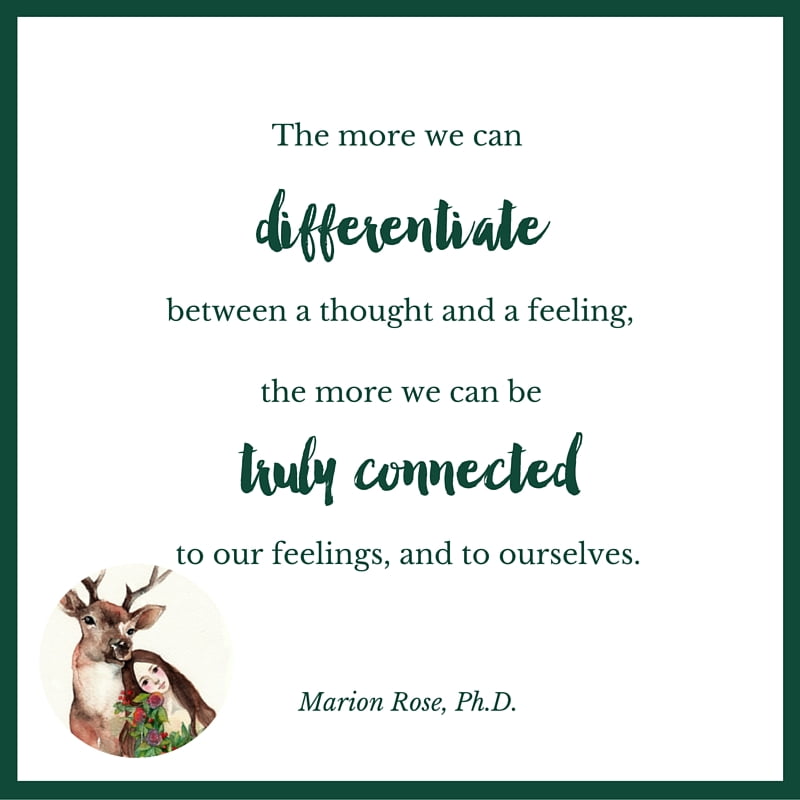
And bringing up our children being able to differentiate between the two is a big gift for them.
How can we get from a thought to a feeling?
Well, if we are saying, “I feel that he is being annoying,” then we can look at whatever we are thinking, and we can translate it to a feeling.
In that case, we are feeling annoyed.
If we are saying, “I feel like having something to eat,” then we can see our need, which is for food, and what the feeling is that goes with needing food – in that case we might be feeling hungry.
If we say, “I am feeling ignored,”
then we can see that as a thought, and ask ourselves, “how do I feel when I tell myself that I am being ignored? and the answer might be sad or upset or lonely.
Those are the feelings.
And we can also get to what we are needing there. We are needing connection, or to be heard.
What about, “I feel misunderstood”?
Again, we could say something like, “I’m telling myself that I am misunderstood, and when I believe that, I feel frustrated / sad / annoyed.” The thought can take us to the feeling.
And there is such a HUGE difference when we connect with our real feeling.
Connecting with our feelings means connecting with ourselves and with our bodies. It gives us an opportunity to be empathic with ourselves. It gives us the chance to see what we are needing.
I took these ideas and translated them and made my own terms.
For me, I also REALLY value being able to tell the difference between a feeling that is caused by a need, and a feeling that is caused by unhelpful, cultural, punishing ways of thinking.
I use the terms “flowing feelings” and “stagnant feelings” to differentiate between these two.
A flowing feeling is a feeling that a baby feels.
A flowing feeling is something that connects us with our needs, and if felt, expressed and responded to, that feeling will leave our bodies – that is why I call it flowing.
It’s part of our nature as human beings to have flowing feelings.
Flowing feelings are things like, wonder, delight, joy, sadness, confusion, frustration, curiosity, excitement, overwhelm, terror and rage.
Flowing feelings are feelings that we feel from our infancy.
Stagnant feelings are feelings that come from cultural ways of thinking.
Stagnant feelings are feelings such as guilt, anger, shame, and depression.
We don’t feel those feelings as babies.
We only feel them when we get older and we internalise the ways of thinking of the adults around us.
(And that is why it is so valuable as parents to know this!)
And that’s why I spend a LOT of time talking about this in my Love Being a Mother Course!

In brief,
Guilt comes from telling ourselves that we should do something or shouldn’t do something. It is a form of self-punishment.
It started off as adults around us telling us that we should or shouldn’t do something, which we then internalised.
Shame comes from telling ourselves that we are bad or there is something wrong with us.
Again, those thoughts are words we’ve internalised from being told those things as children.
Anger comes from telling ourselves that someone else should or should not have done something.
(And by the way, frustration and rage are flowing feelings – those are far more powerful to feel than the stagnant feeling of anger).
And depression comes from telling ourselves that we can’t do something that we want to do, or we can’t have something that we want to have, or we can’t be what we want to be.
Stagnant feelings are incredibly UNCOMFORTABLE.

Why?
Well there’s a reason I call them stagnant.
They don’t move.
If we are telling ourselves that we should have done xyz, then as long as we are telling ourselves that, we will feel guilty.
We can feel guilty for YEARS and it doesn’t necessarily mean that we will act any differently.
It’s a form of self-punishment, and like punishment for children, it doesn’t address the ROOT CAUSE of why we did or didn’t do something, and so can never create true change.
The same is the case for shame, anger and depression.
We can keep creating and recreating these thoughts and the corresponding feeling, without any change happening.

But flowing feelings are a whole different kettle of fish!
If we do something we regret as a parent, and instead of punishing ourselves with, “I shouldn’t have done that” (and feeling guilty), or “I’m a bad mother (and feeling shame), or “I can’t change (and feeling depressed), or “He shouldn’t keep on wanting to go on the iPad (and feeling angry), we can learn to listen to our feelings with loving compassion.
Perhaps we feel sad when we remember speaking in a harsh tone to our child.
If we simply let ourselves feel the sadness, and give ourselves empathy and compassion for the sadness, then it will move.
Flowing feelings flow.
But we might want to be on the look out for an “I can’t….” to come in and change the feeling to depression, and if that happens, to invite ourselves back to the sadness.
If we let ourselves feel sad when we remember speaking in a harsh tone, and listen to the sadness, and perhaps share it with a friend who can also just listen without trying to distract us or reassure us, then the sadness will move through our bodies.
After the sadness has moved through, we are usually able to think more clearly about why we spoke in a harsh tone.
We might realise that we hadn’t gone for our morning walk, or that we hadn’t had our conversation with our friend that morning; in other words we can see what need was unmet.
Or perhaps we might see that it was because we were treating ourselves harshly and that is why we got harsh. Maybe we had told ourselves painful things about our parenting and why our child was acting the way she was.

So, once we let the flowing feelings flow, with compassion, then clarity comes about what we can do to help ourselves avoid doing that again.
See how different this is to self-punishment?
You can feel guilty a thousand times and you will probably just keep on doing that thing again that you felt guilty afterwards about.
Because guilt is a punishment. It doesn’t look at why we did what we did.
Whereas connecting with our feelings takes us to connect with ourselves and what was really going on for us when we did what we did.
And then we can take action to meet our needs, or to stop talking to ourselves in harsh ways.
So we can create real change.
Through deep self-connection.
And this is so timely my reader asking about this, because I am relaunching my FREE Get Free From Guzzling Guilt Course, which is of course all about getting free from guilt!
And if I can get free from guilt, I know that anyone can! I was more guilt-filled than anyone I know!
I’m also REALLY REALLY excited to announce the re-launch of my Living Aware Parenting Course.
I’ve redesigned it and I LOVE it!
If you’ve been practicing Aware Parenting for a while but you are still punishing yourself, or not listening to your needs, or judging your own control patterns, or not listening to your own sweet spots, then you might love this.
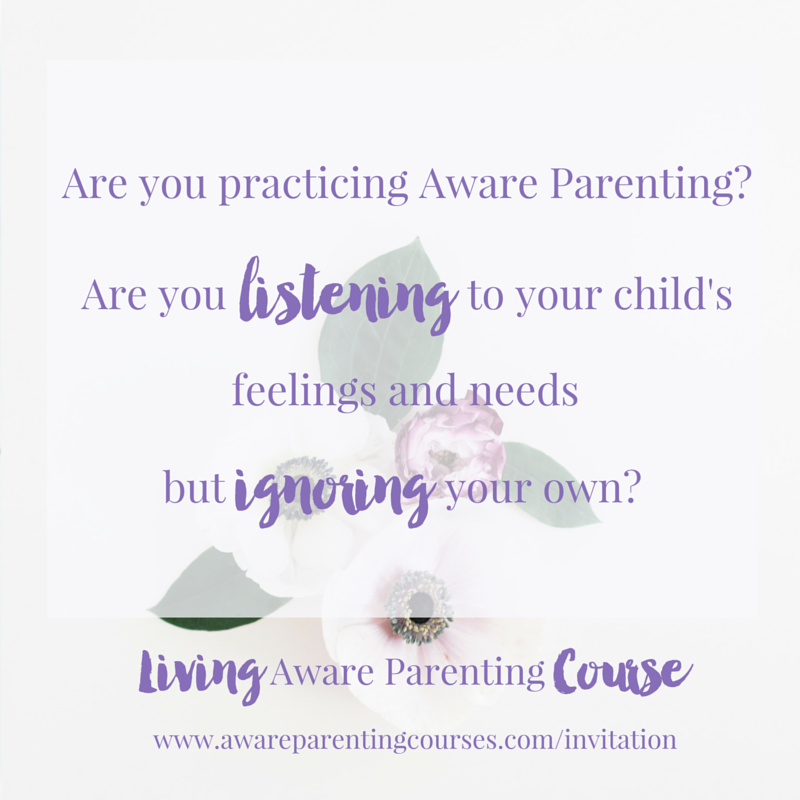
It’s all about valuing our needs and feelings as much as our child’s, reframing control patterns as flags for feelings, and seeing sweet spots as beautiful healing opportunities.
You can find out more HERE or by clicking on the meme above or the price tag below.
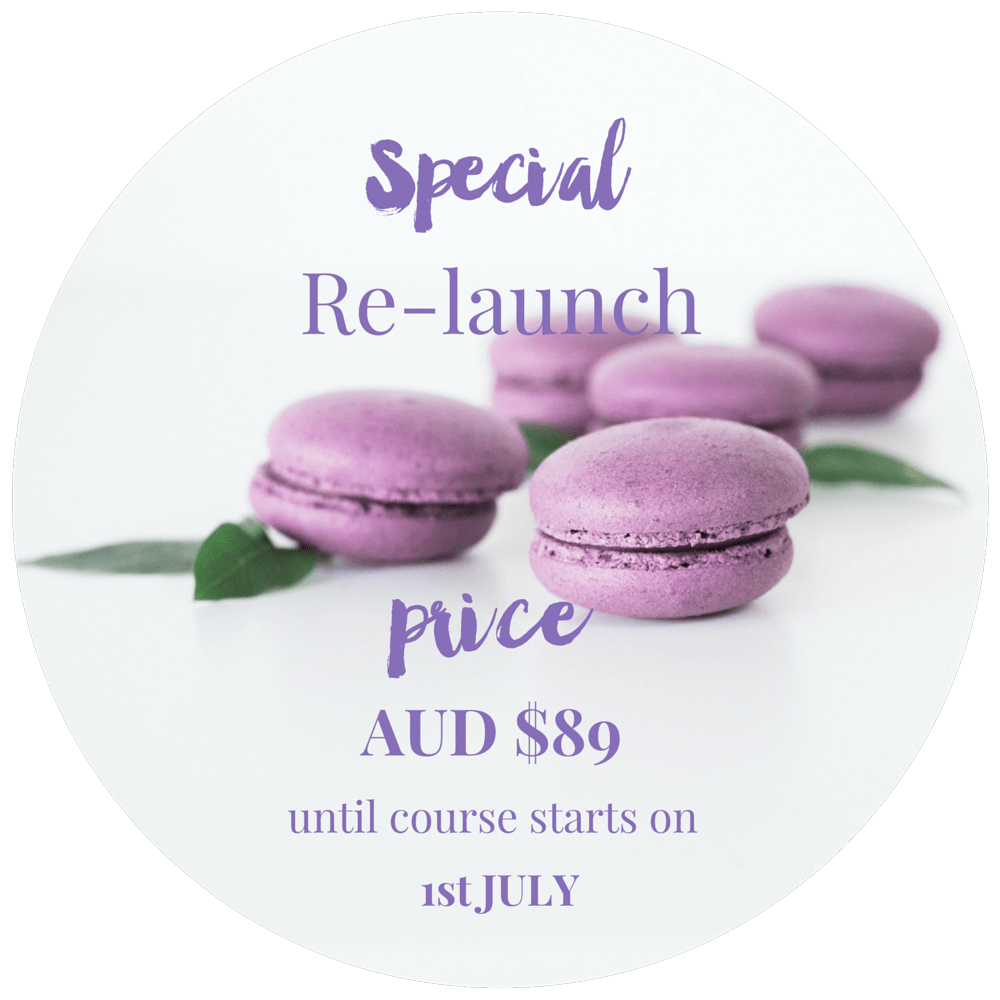
Love,
Marion


